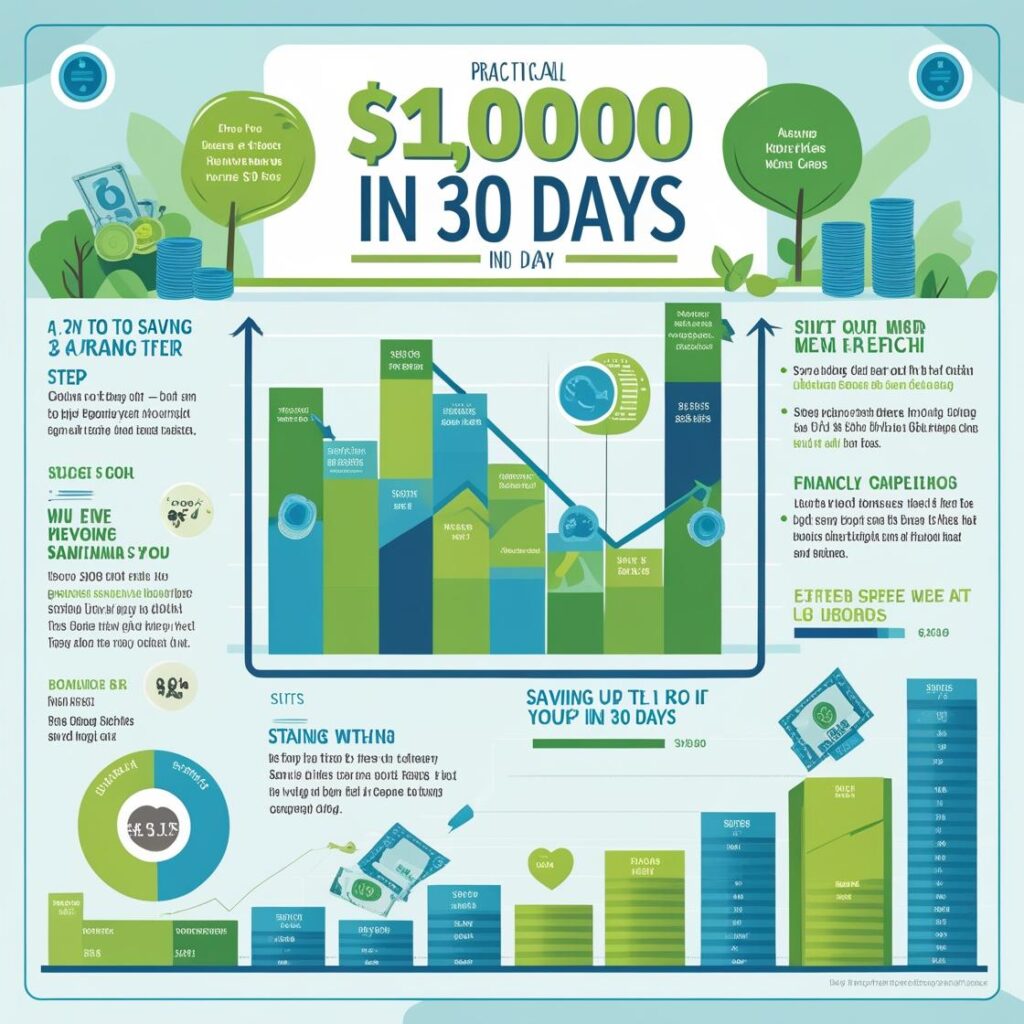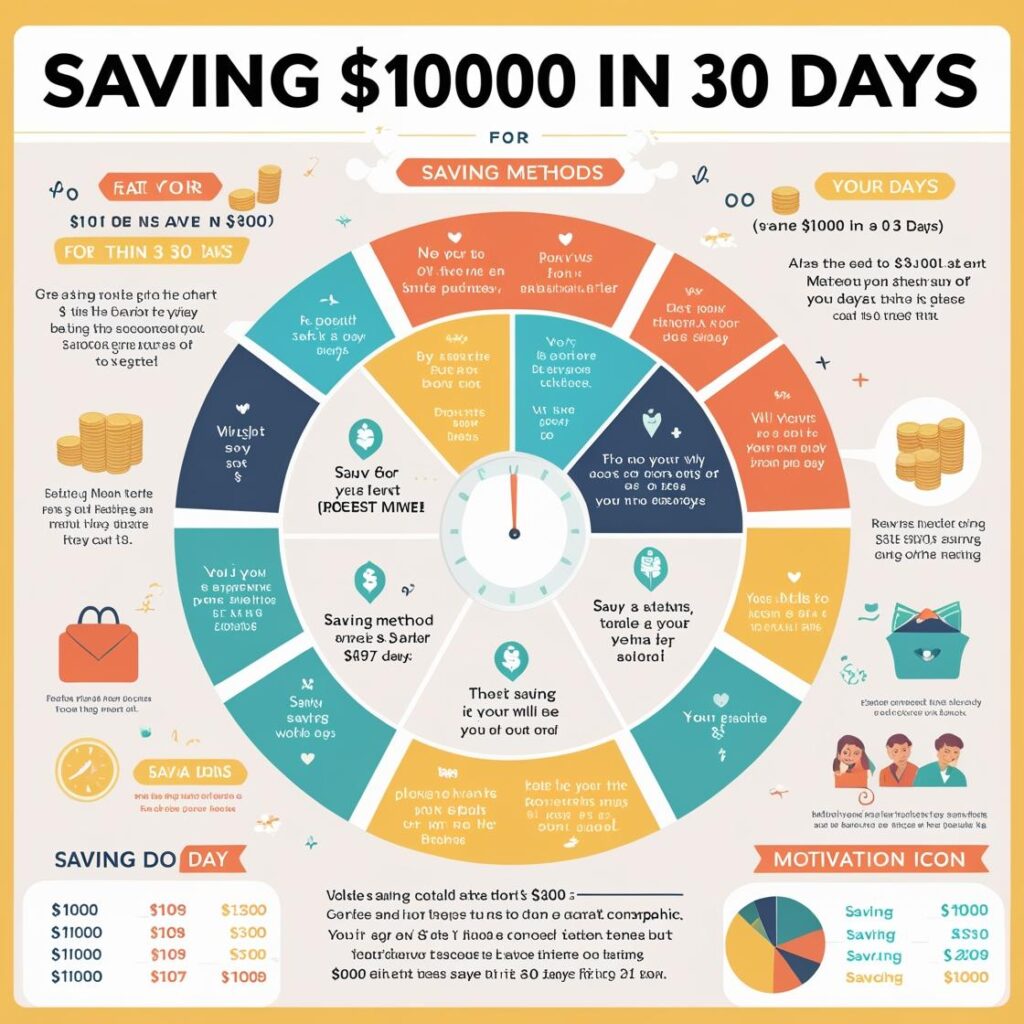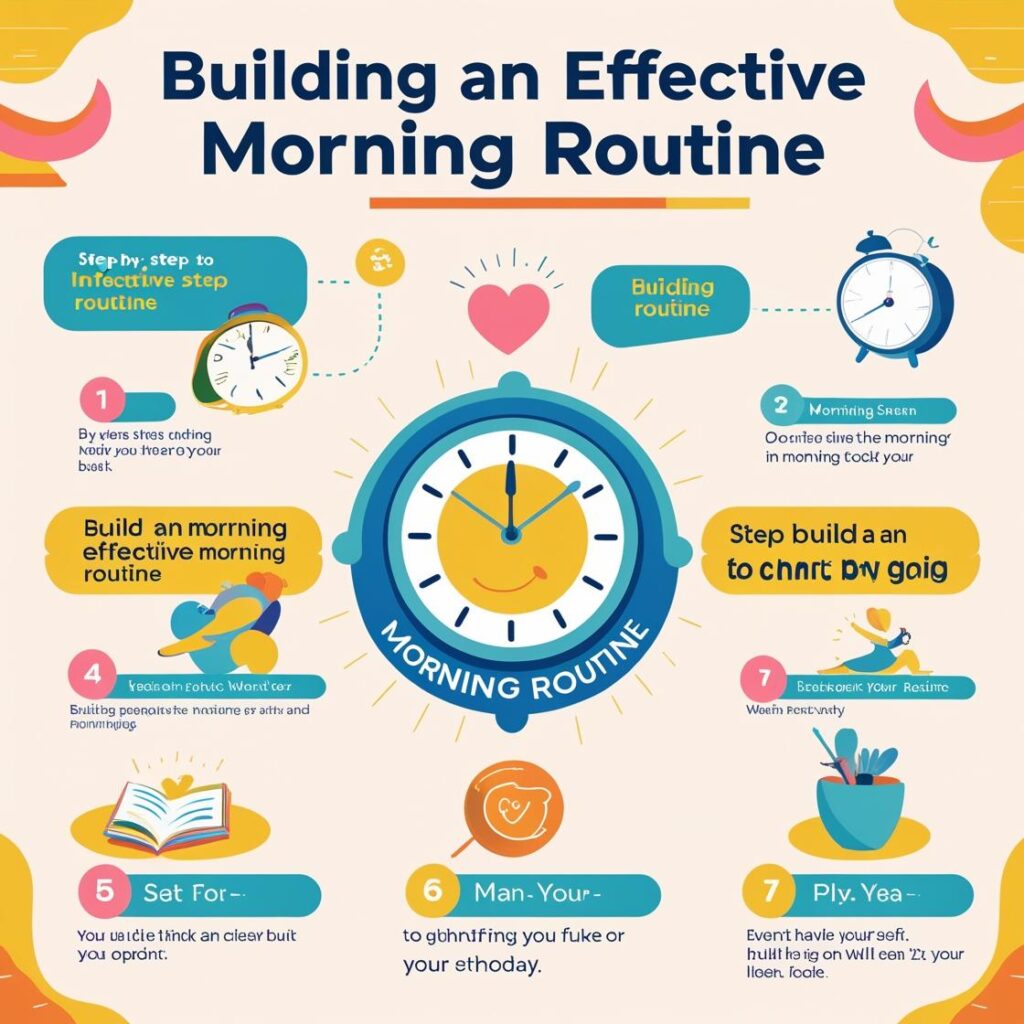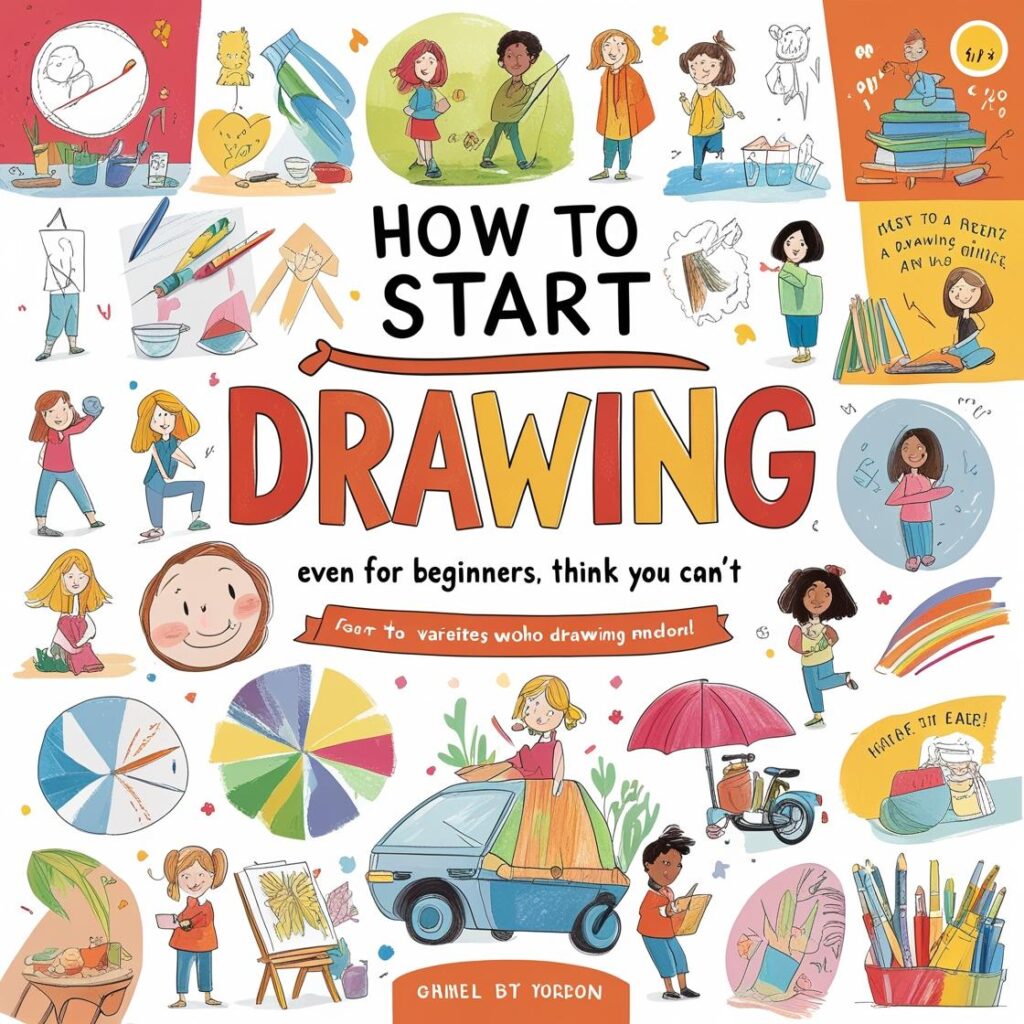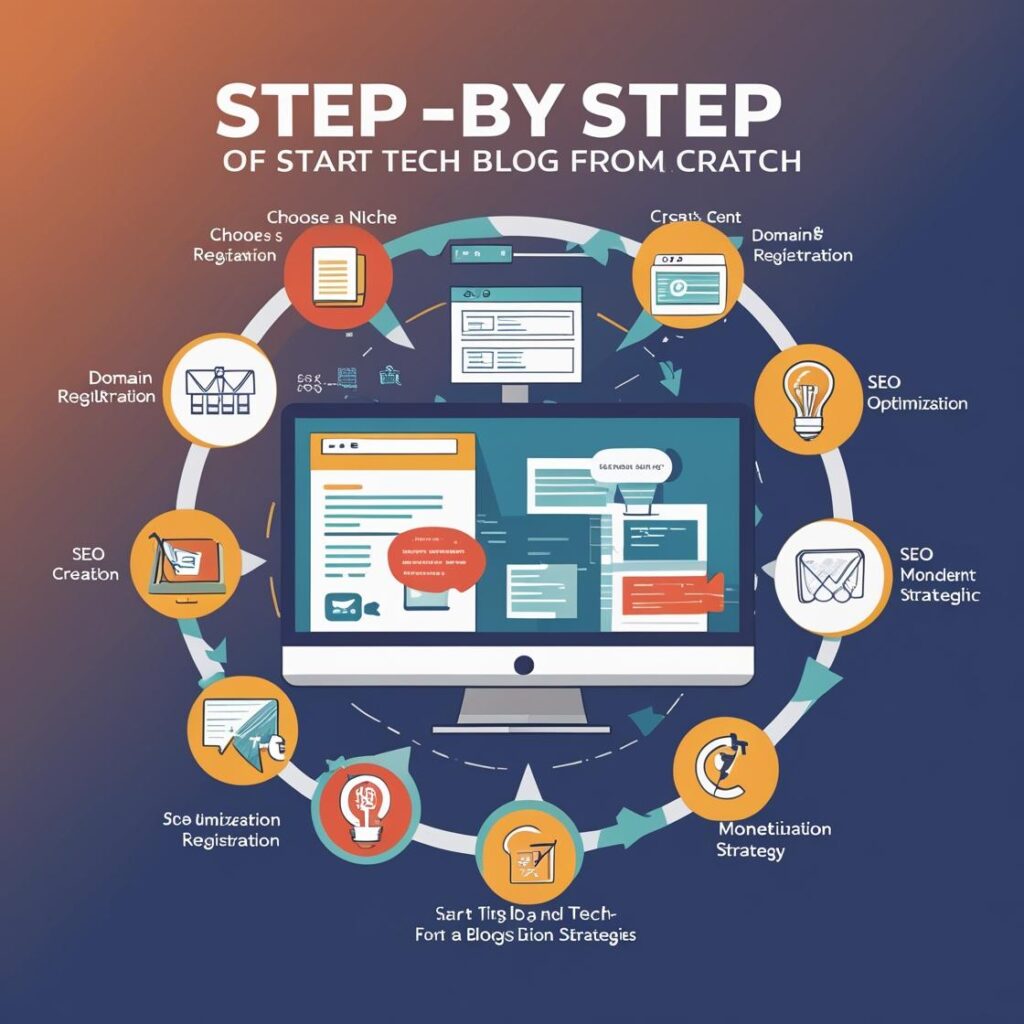Saving $1,000 in just 30 days might seem like a lofty goal, but with the right strategy, mindset, and discipline, it is absolutely achievable. Whether you’re preparing for an emergency, aiming for a financial milestone, or just want a challenge, this guide will walk you through practical steps to build your savings fast.
اقرأ أيضاً: قائمة بأهم 10 كورسات مجانية في الذكاء الاصطناعي مع الروابط المباشرة
1. Set a Clear and Realistic Goal
Before you begin, define exactly why you want to save $1,000. A clear goal provides motivation and helps prioritize your spending. Write it down, visualize the outcome, and keep it visible to stay focused. Knowing your “why” can help you resist impulse purchases.
اقرأ أيضاً: كيفية الحصول على منحة دراسية مجانية
2. Create a 30-Day Budget Plan
A budget is essential. List your income and all necessary expenses for the month, then determine how much you can reasonably save per day—about $33.33. Allocate every dollar with a purpose using the zero-based budgeting method. Prioritize essentials like rent, food, and utilities, and cut or limit everything else.
اقرأ أيضاً: كيف تستيقظ مبكرًا دون الشعور بالتعب
3. Track Every Dollar Spent
Use a budgeting app or a simple spreadsheet to track your daily expenses. Monitoring where your money goes helps identify leaks in your budget. Common culprits include dining out, subscriptions, and impulse shopping. Awareness is the first step to control.
اقرأ أيضاً: كيف تتفوق في أي مقابلة عمل: 10 نصائح من الخبراء
4. Cut Non-Essential Expenses
Reduce or eliminate discretionary spending. Here are a few places to start:
اقرأ أيضاً: كيفية كتابة سيرة ذاتية متميزة
- Cancel or pause streaming services
- Brew your own coffee instead of buying it
- Avoid online shopping temptations
- Postpone unnecessary purchases
- Use the library instead of buying books
5. Find a Side Hustle or Extra Income Stream
Supplementing your income makes hitting your goal much easier. Consider options like:
اقرأ أيضاً: كيف تحول عملك الجانبي إلى مشروع بدوام كامل
- Freelancing or gig work (writing, design, delivery)
- Selling unused items on eBay, Facebook Marketplace, or Poshmark
- Pet sitting, babysitting, or tutoring
- Participating in paid online surveys
Even earning an extra $10–$20 a day can dramatically increase your savings.
اقرأ أيضاً: كيفية تسريع الكمبيوتر المحمول البطيء في 10 دقائق
6. Do a No-Spend Challenge
A no-spend challenge means you commit to spending money only on essentials for a set period—ideally the full 30 days. This technique forces you to rethink spending habits and encourages creativity in meeting needs without spending.
اقرأ أيضاً: كيف تبني روتينًا صباحيًا يعمل بالفعل
7. Automate Your Savings
Set up automatic transfers to your savings account each day or week. Treat savings like a bill you must pay. Even small daily contributions—like $10—can build quickly and remove the temptation to spend.
اقرأ أيضاً: كيف تبدأ مدونة تقنية من الصفر
8. Meal Plan and Cook at Home
Dining out can eat into your budget fast. Plan meals, shop with a list, and cook at home. Batch cooking and using leftovers help maximize food value. Buying in bulk and choosing generic brands also save money.
اقرأ أيضاً: كيف تبدأ الرسم (حتى لو كنت تعتقد أنك لا تستطيع)
9. Avoid Credit Card Spending
Paying with credit often detaches you from the real cost. Stick to cash or debit to increase awareness. Avoid accruing new debt during your 30-day savings sprint. If possible, pay down existing balances to reduce interest expenses.
اقرأ أيضاً: كيف تخطط لعطلة عائلية سيحبها الجميع
10. Monitor Progress and Stay Motivated
Check your savings progress daily or weekly. Celebrate milestones, like every $100 saved, to stay encouraged. Share your goal with a friend or social group to stay accountable. Visual tools like savings trackers can also reinforce progress.
اقرأ أيضاً: كيف تتعلم الجيتار بنفسك
With determination and smart financial moves, saving $1,000 in 30 days is entirely possible. Stick to your plan, remain consistent, and enjoy the benefits of greater financial control.
اقرأ أيضاً: كيف تحزم خفيفًا لرحلة لمدة أسبوعين
Start now, stay disciplined, and watch your savings grow.
اقرأ أيضاً: كيف تكتب أول قصة قصيرة لك
You’ve got this.
اقرأ أيضاً: كيف تسافر عبر أوروبا بميزانية محدودة
اقرأ أيضاً: كيف تحمي خصوصيتك على الإنترنت: دليل المبتدئين
